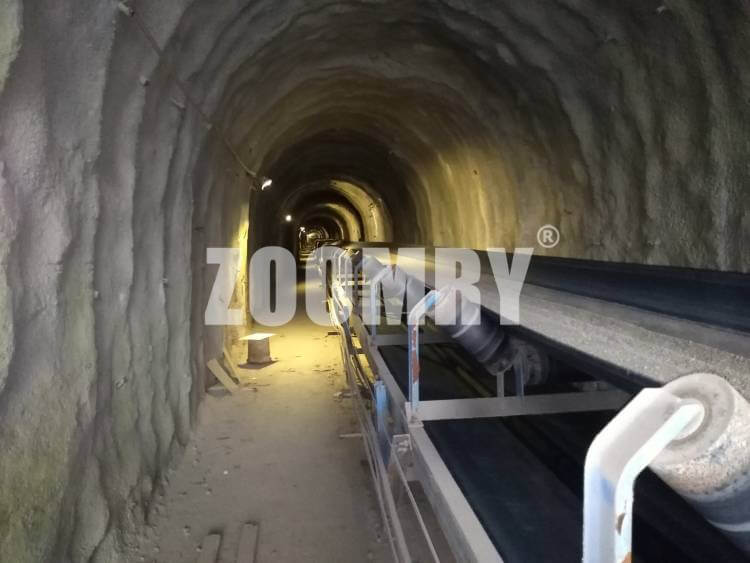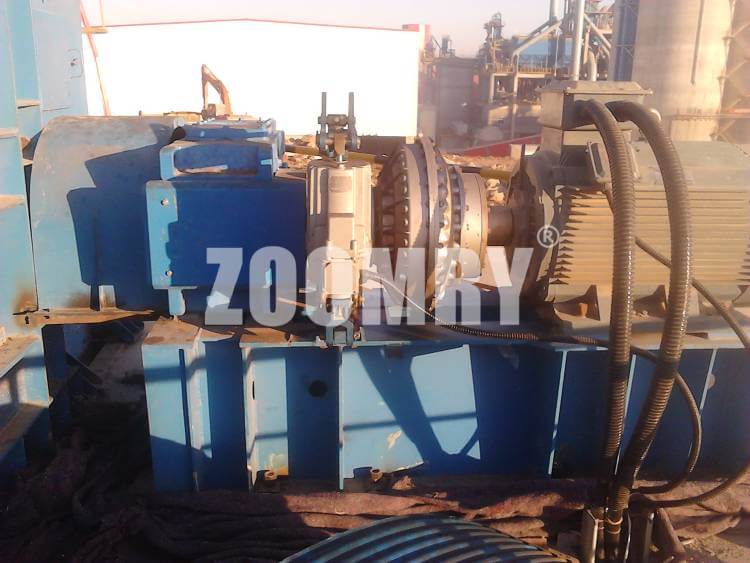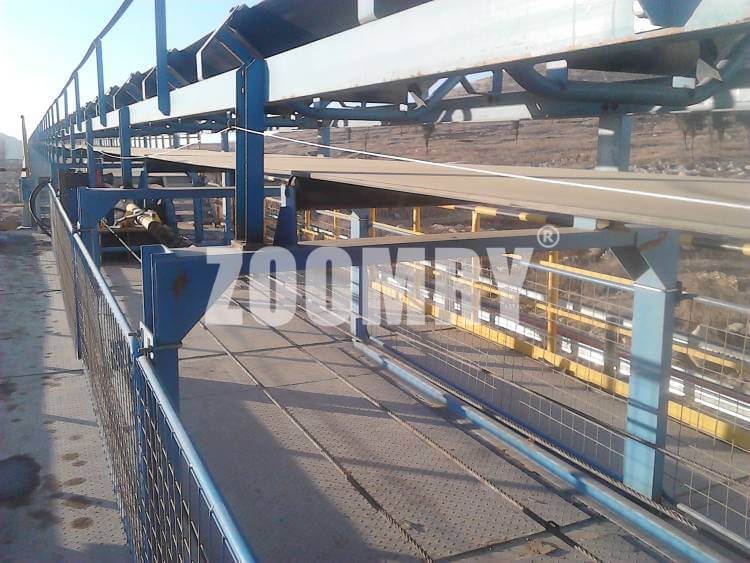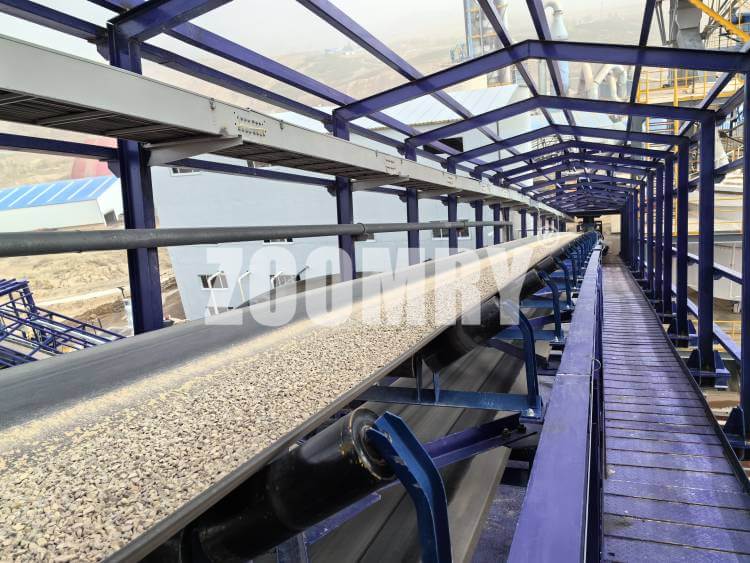As the core equipment of coal mine transportation systems, the engineering quality of belt conveyors directly impacts mine production efficiency and safety levels. A standardized conveying system—from millimeter-level precision control of concrete foundations to standardized assembly of machine components, from real-time response of intelligent protection systems to digital management of spare parts storage—requires regulated execution at every stage to ensure underground operational safety and continuity. Particularly in complex geological conditions, details such as vertical deviation in equipment installation, response speed of protective devices, and timeliness of maintenance management often become critical control points for ensuring uninterrupted mine production.

Installation Requirements & Key Operational Points
Safety Technical Measures Preparation
Belt conveyor installation must comply with this standard and incorporate on-site conditions to prepare safety technical measures. During preparation, factors such as roadway geological conditions, spatial dimensions, and surrounding equipment must be thoroughly considered. Clear safety precautions for each installation step and methods to address potential risks must be defined to ensure safe and orderly execution.
Drive Unit Installation
The belt conveyor drive unit must be installed according to the instruction manual and foundation drawings, with concrete foundations constructed based on the roadway centerline. Moderate offsets may be applied as needed, but installation must maintain a straight horizontal alignment. During construction, precise measurements must first determine the appropriate installation position, followed by strict adherence to concrete pouring techniques to ensure foundation strength and levelness meet requirements, laying a stable foundation for drive unit operation.

"H" Frame Installation
The "H" frames of the conveyor body must be fixed with concrete blocks measuring at least 200mm × 200mm in side length and 100mm in height. Infrared alignment must be used to ensure straight installation relative to the head frame centerline. During fixing, concrete pouring quality must be ensured to anchor the "H" frames firmly to the roadway floor, while infrared calibration guarantees straight alignment of the entire frame structure, preventing belt misalignment during operation.
If you have any questions regarding belt conveyor installation standards, please contact us using the information below.
- Zoomry Heavy Industry Official Website
- +86 131-6401-6717
- oversea@zoomry.cn
Protective Devices & Safety Facility Requirements
Protective Device Configuration
Belt conveyors must be equipped with complete and reliable protective devices, including functions such as misalignment, slippage, tearing, and coal pile-up detection. Each sensor and protection mechanism must be correctly installed to monitor belt operation in real time and trigger timely responses during abnormalities, ensuring equipment and personnel safety. Regular inspections and tests must be conducted to maintain optimal functionality.
Protective Screen Installation
Reliable protective screens must be installed at the head and tail rotating parts to prevent accidental contact with moving components. Screens must be securely mounted with mesh sizes complying with safety standards, effectively blocking access to hazardous zones. Post-installation stability checks must confirm long-term reliability.

Numbering Management & Daily Operation Requirements
Numbering System Implementation
"H" frames and emergency stop control boxes must implement numbering management for precise component identification. This facilitates quick location during inspections, maintenance, or troubleshooting. Numbering must be clear, standardized, and wear-resistant.
Daily Operation Management Enforcement
Strict daily operation management must be enforced, including scheduled timed lubrication, icon-based inspection routines, and accountability. Detailed lubrication schedules and maintenance charts must specify cycles, tasks, and responsible personnel. Workers must strictly follow procedures, maintain records, and promptly address operational issues to ensure stable conveyor performance.

Auxiliary Facilities & Spare Parts Management
Belt Crossing Installation
Belt crossings must be fabricated to standard and installed as required. For unmarked pedestrian crossings in design drawings, installations must accommodate safe passage needs, ensuring robust construction and secure connections to the conveyor frame for safe traversal.
Spare Parts Management
Spare parts must be categorized, neatly stored, and labeled. Unmarked storage points in design drawings must be established based on actual needs, ensuring orderly and identifiable spare part arrangements for quick access during repairs, minimizing downtime.
Additional Detailed Requirements
Special Foundation Construction Requirements
Drive unit and "H" frame bases must use concrete foundations. "H" frame concrete must integrate with the roadway floor; pre-setting frames in concrete before placement is prohibited. Compliance enhances structural integrity, preventing loosening or displacement.
Belt Alignment Requirements
Before installation, the conveyor’s centerline must be determined to ensure straight alignment, while the waistline or level line must guide "H" frame positioning according to gradual roadway elevation changes. Precise alignment minimizes misalignment and spillage risks.
Signage Requirements
The conveyor head must display equipment responsibility boards and timed lubrication reminder boards. Signage must be clean, legible, and clearly indicate responsible personnel and schedules to facilitate supervision and timely maintenance.
Belt conveyor standards encompass every aspect from installation to operation. All personnel involved must internalize and rigorously implement these standards, emphasizing detail-oriented execution to ensure safe, stable, and efficient conveyor performance—bolstering coal transportation reliability and supporting mine productivity.

 ZOOMRY
ZOOMRY

